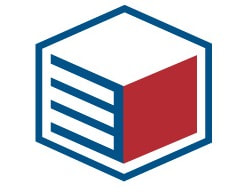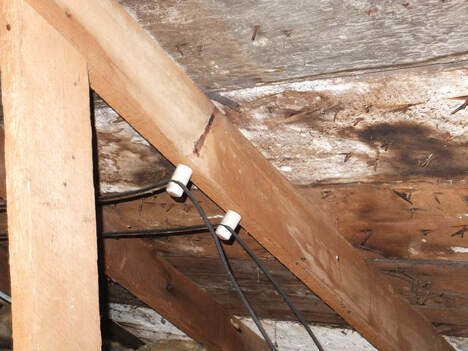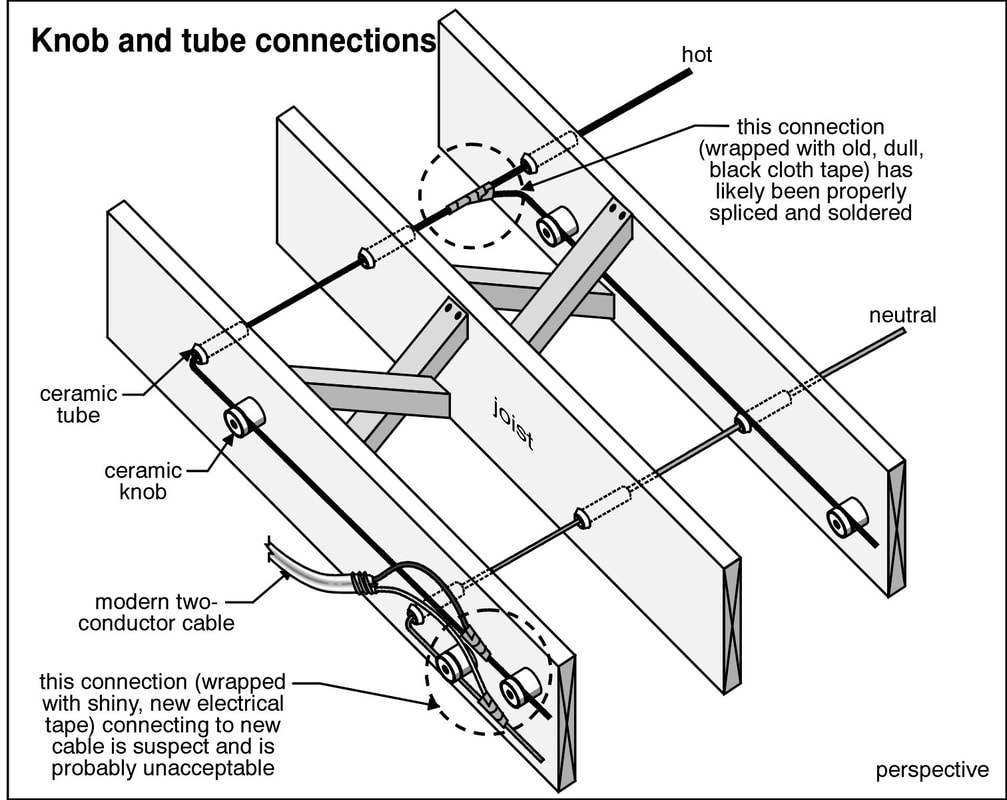|
3/11/2020 0 Comments What the heck is "Knob and tube?" Knob and tube, aka “open wiring” or “K&T”, was installed in most homes up to 1950. This vintage wiring was comprised of single conductors supported on wood framing with ceramic knobs, insulated from contact by passing through ceramic tubes embedded in the framing. Wire connections were completed in open air, soldered and covered with insulating tape (looks like hockey tape.) The conductors were covered with rubberized, flame-retardant cloth. The conductor quality was good, consisting of heavy gauge copper wire with a limited number of soldered connections leading to receptacles and light fixtures. However with no grounding conductors, the receptacles (plug-ins) had no third prong and were not grounded; neither were the light fixtures.
Aging of these systems, many of which are now over 100 years old, along with inappropriate additions and modifications over time, has led to concerns about the safety of these vintage wiring systems.
INSPECTION PROCEDURE If a home inspector or anyone else discovers knob and tube wiring in a home, a thorough inspection should be completed by a licensed electrician. Receptacles are inspected to assure they are the correct type. The quality of the connections is determined by "load testing" (to determine if there are any poor connections between the electrical panel and the receptacles, or the light fixtures). The electrical panel is checked for any signs of over-fusing and the wiring insulation is checked. If any of the above are found to be deficient the knob-and-tube circuit is unacceptable, and repairs or replacement should be performed. Although the Ontario Electrical Safety Code currently includes knob and tube wiring, provided it’s in good condition and protected by ground fault circuit interrupters (GFCIs) homeowner insurance may nonetheless be unavailable.
0 Comments
Leave a Reply. |
AuthorGil Strachan is a professional home inspector, representing Electrospec Home Inspection Services in east-central Ontario since 1994. CategoriesAll Appliances Buying And Selling Cooling Electrical Environmental Exterior Health And Safety Heating Home Improvement Home Inspection Insulation Insurance Interior Plumbing Roofing Special Structure Archives
January 2024
|



